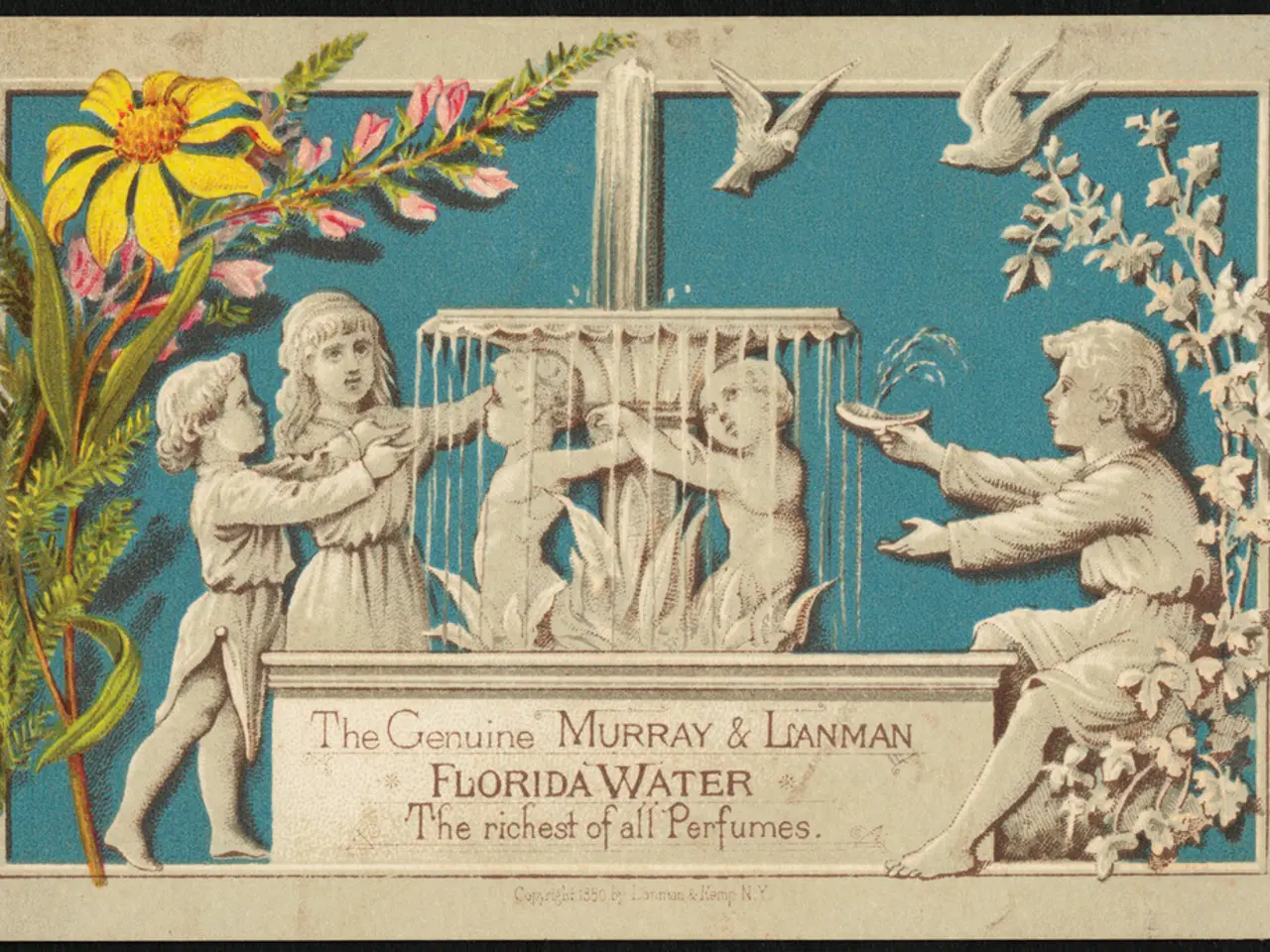Exploring the Realm of Creativity: Critique of 'Beatrix Potter: Drawn to Nature' Exhibition at The Morgan Library
==========================================================
In the world of children's literature, few names resonate as much as Beatrix Potter. The author of beloved classics like The Tale of Peter Rabbit has left an indelible mark on storytelling, art, and nature conservation. A new exhibition, 'Beatrix Potter: Drawn to Nature,' at The Morgan Library, provides a comprehensive look into Potter's life and work.
The exhibit, which runs through June 9th, 2024, takes viewers on a journey from Potter's childhood to her adulthood. Born in London in 1866, Potter never truly felt at home in the city. She longed for vacations to her family's countryside cottage in Lancashire, England. It was here that her love for art and nature was sparked, as she would spend hours sketching the rolling hills and lush forest surrounding the cottage.
Potter's early fascination with art and nature led to her career as a storybook author. Her drawings, which she included in letters to her governesses and friends, marked the beginning of her journey. One such friend was Annie Moore, and it was to Moore's son, Noel, that Potter began telling the story of "four little rabbits."
The exhibit showcases Potter's natural history illustrations and early artistic training with original sketches and artifacts from her childhood holidays in Scotland and the Lake District. These works underscore her lifelong observation of nature, a trait that is evident in her children's books.
Potter's innovation in children's literature lies in her ability to fuse detailed natural observation with storytelling. Her narratives, such as Peter Rabbit, enrich early 20th-century children's books with authentic depictions of animals and countryside life. This blend of education and fantasy encouraged a connection to the natural world, shaping the landscape of children's literature.
Regarding her impact on feminism in early 20th-century England, Potter was a pioneering woman in several respects. She was an accomplished author, illustrator, and natural scientist in a male-dominated society. She managed her own publishing, acquired land independently, and was active in conservation, roles that challenged Victorian gender norms. Her professional autonomy and respect as a scientist and businesswoman subtly influenced contemporary ideas about women's capabilities and roles.
Despite facing rejection, such as when her paper, 'On the Germination of the Spores of Agaricineae,' was rejected by The Linnean Society in 1897 due to her gender, Potter persevered. In 1902, she signed on with Frederick Warne & Co., a publishing company known for publishing children's books. Her first book with the company was Peter Rabbit, which sold immediately upon release.
Potter moved to the Lake District for good in 1905 and purchased her first property, a farm called 'Hill Top.' Here, she became a farmer and conservationist, sketching wildflowers and creatures she found there and advocating for the land to be conserved. Her motto was "little books for little hands," and she never tried to make her stories too grown up.
The 'Drawn to Nature' exhibition presents Potter's journey as an artist and scientist accurately and uniquely, making her books relevant over a century later. Her life is inspirational for her talent in art and botany, her pursuit of unattainable goals, and her breaking of boundaries for women in her field. Potter corresponded with scientists such as George Matsey and Charles McIntosh, who encouraged her to pursue ambitious studies.
In conclusion, Beatrix Potter's life and work embody early feminist ideals through independent creative and scientific achievement. Her impact on children's literature and feminism, though less commonly emphasized, is profound. The 'Beatrix Potter: Drawn to Nature' exhibit at The Morgan Library provides a fascinating look into Potter's life and work, offering insights into her innovative approach to storytelling and her pioneering spirit.
- The exhibit, 'Beatrix Potter: Drawn to Nature,' at The Morgan Library showcases the author's natural history illustrations and early artistic training, demonstrating her lifelong observation of nature.
- In the world of art and artistry, Beatrix Potter, the author of The Tale of Peter Rabbit, stands out for her fusion of detailed natural observation with captivating storytelling in children's books.
- Beatrix Potter, a pioneering woman in early 20th-century England, was an accomplished author, illustrator, and natural scientist, challenging Victorian gender norms through her professional autonomy and respect as a scientist and businesswoman.
- Technology has made it possible for us to experience Beatrix Potter's art and literature beyond the pages of her books, with digital reproductions and virtual exhibitions like 'Beatrix Potter: Drawn to Nature' at The Morgan Library.
- As Peter Rabbit and his friends continue to captivate children across generations, Beatrix Potter's books serve as testaments to the power of storytelling, nature conservation, and prominent female representation in art and literature.
- The 'Beatrix Potter: Drawn to Nature' exhibit juxtaposes her careers in children's literature, science, and conservation, highlighting her innovation in storytelling and her impact on nature preservation.
- In the realm of career development and self-development, Beatrix Potter's story offers invaluable lessons in persistence, overcoming adversity, and pursuing one's passion, as demonstrated by her perseverance in the face of rejection and her eventual success with Frederick Warne & Co.




